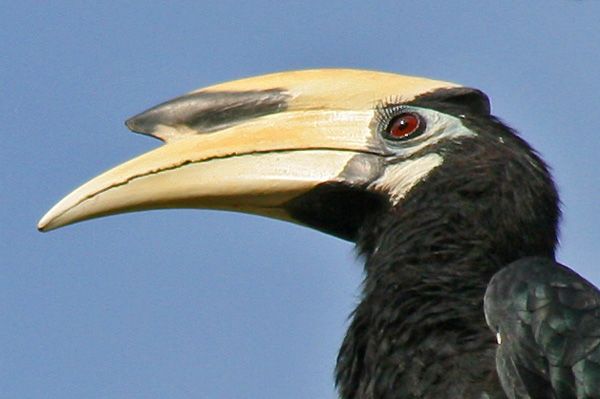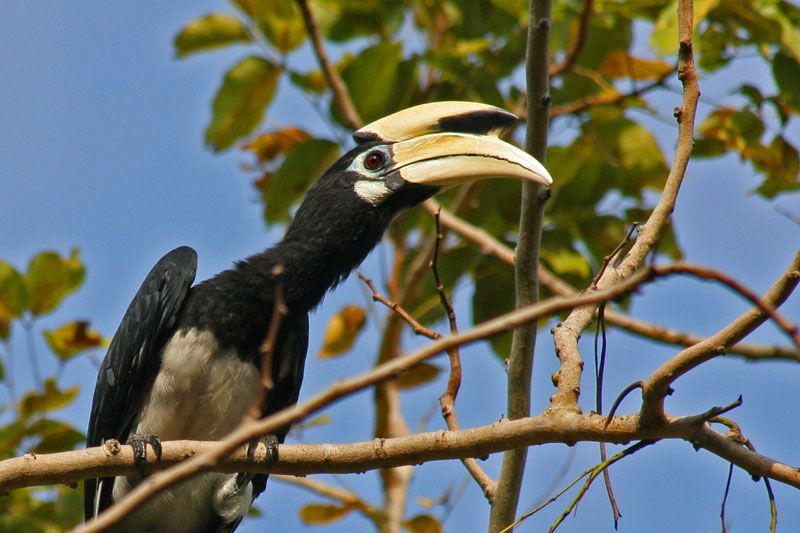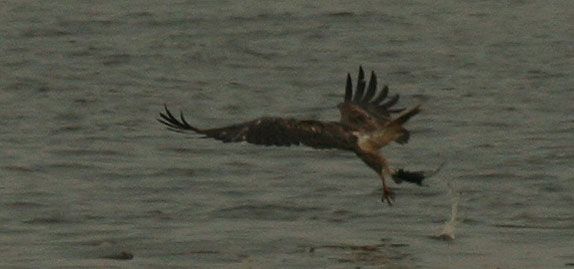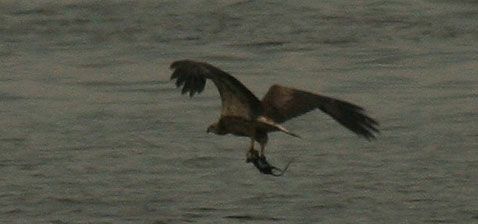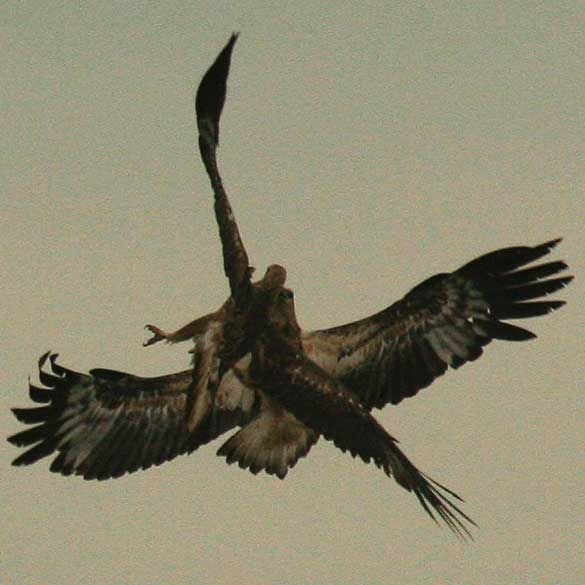 The picture does say it all doesn't it? U can hardly argue with domestication of dogs, cats, chickens as pets. For dogs, u have to walk them to keep them happy with activity. But I can hardly imagine any sort of activity (mental/physical) that will keep these two happy to be caged up. For me the joy of observing any animal is watch its behaviour in relation to its environment i.e. bird behaviour described in the BES blog, heck even a cat stalking a house gecko is visually more entertaining than a caged hornbill with no stimulation.
The picture does say it all doesn't it? U can hardly argue with domestication of dogs, cats, chickens as pets. For dogs, u have to walk them to keep them happy with activity. But I can hardly imagine any sort of activity (mental/physical) that will keep these two happy to be caged up. For me the joy of observing any animal is watch its behaviour in relation to its environment i.e. bird behaviour described in the BES blog, heck even a cat stalking a house gecko is visually more entertaining than a caged hornbill with no stimulation.The keeping of rare/exotic pets/plants is certainly a problem that can't be solved overnight. Especially when there is no overwhelming impetus for the local authorities to stem the problem. I have heard stories even of biologists guilty of such things. Things like these makes you reflect on the human condition and suddenly you are not amazed at why the world is in a mess.
here's the rest of the original post from Joseph Lai.
"I cannot begin to describe how heavy my heart felt recently when I found two huge Blyth's Hornbills being crammed into a tiny cage and put on sale at Chua's Pet Trading in Hougang. If there is any proverbial cupboard where skeletons are to be found in 'First World' Singapore, Hougang is one. It's the 'Guantanamo Bay' of Singapore... and freedom is taken away for no other crime than being 'wild and exotic' birds.
What else can I say? : ( Beyond what I have just wrote, how do I begin to describe the intimacy with which our own freedom are tied to theirs? I am truly lost for words. However, let me share this photo (right), and invite you to step back in time with me and witness how insistent the hornbills were at biting the cold hard wire |  |
| of the cage. They just want to be free; as free as all wild birds are born to be. Would you, my dear sentient friends, share your thoughts and feelings with me too? I look forward to post them faithfully here. Thank you. |






